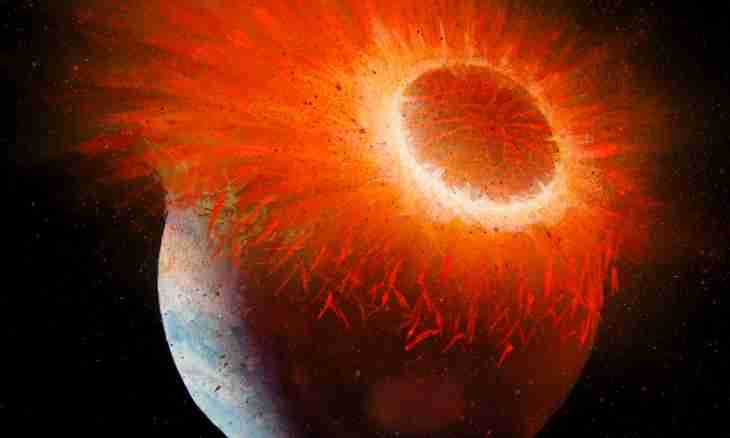The galaxy conceals in itself a set of questions, however Earth form does not cause rather long time in scientific doubts. Our planet has the ellipsoidal form, that is a usual sphere, but only a little flat in the locations of poles.
Ancient hypotheses of Earth form
About what Earth of a form, throughout all history of development of natural sciences many scientists and researchers argued. For example, Homer made the assumption that Earth represents a circle. At the time Anaksimandr recognized that our planet is more similar to a cylinder. In the ancient time people assumed also that Earth represents a disk which keeps on a turtle who, in turn, relies on three elephants and so on. There were also such assumptions that the planet in the form of the boat floats on the boundless ocean of the Universe and towers over it in the form of the mountain.
In antique times there was an opinion that the sky is a huge dome. It blocks all Earth, on it stars are fixed, and the Sun and the Moon drive about on it on chariots. At that time there was a legend as if the wanderer who reached the region of the planet made sure in all above personally. Such primitive ideas of the universe of Earth ceased to satisfy scientists and philosophers of Ancient Greece more than two thousand years ago. In the sixth century BC Pythagoras already knew that Earth has the form of a sphere and does not keep on anything. Aristotle generalized developments on this subject of all philosophers and mathematicians of that time. He accepted the point of view that Earth is the natural center of all Universe. Such recognition about sphericity of the planet became a significant step for science of that time forward though other reasonings were very disputable. The geocentric system was accepted by most of scientists up to the sixteenth century.
However at the end of the nineteenth century the opinion was standard that our planet is in absolutely motionless state. Later the official science admitted the fact that not Earth, and the Sun moves around our planet. Really right hypothesis in this respect was made only by the Encyclopaedist Nicolaus Copernicus.
Modern scientific research of a form of Earth
Most Bessel approached a true form of Earth. The German scientist managed to calculate the radius of compression of the planet at poles. These data were obtained in the nineteenth century and were considered almost a century as invariable. Figures, more precisely than these, the Soviet scientist F.N. Krasovsky received only in the 20th century. From now on the exact sizes of an ellipsoid bear his name. The difference of the equatorial and polar radiuses makes 21 kilometers. Data are invariable since 1963.

